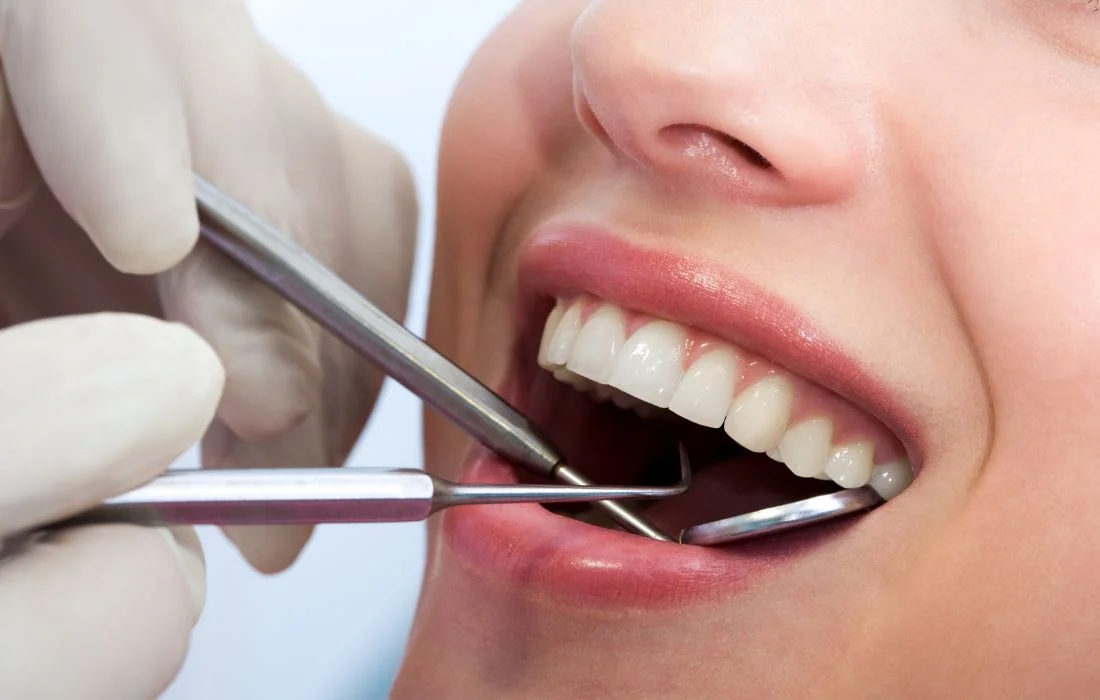Understanding Cellulite and Its Causes
What is Cellulite?
Cellulite is a common skin condition characterized by the appearance of dimpled, lumpy skin, typically found on areas such as the thighs, buttocks, and abdomen. This phenomenon occurs due to the interplay between fat accumulation, connective tissue, and skin elasticity. Although cellulite is often linked to obesity, it can also affect individuals with normal weight and is prevalent among women due to hormonal factors. An estimated 80-90% of women experience some form of cellulite, making it a widespread cosmetic concern.
The Science Behind Cellulite Formation
At the physiological level, cellulite forms due to the fibrous connective tissues that tether the skin to the underlying muscle, running perpendicular to the skin surface. When fat cells expand, they push against the skin, causing the surface to bulge and create that characteristic dimpled appearance. Several factors contribute to this process:
- Genetics: Genetic predisposition plays a significant role in determining the likelihood of developing cellulite.
- Hormones: Hormonal influences, particularly estrogen, are known to contribute to cellulite development, especially during puberty and pregnancy.
- Diet and Lifestyle: Poor diet, lack of exercise, and smoking can exacerbate the appearance of cellulite.
- Age: As the skin ages and loses elasticity, cellulite can become more pronounced.
Common Myths and Misconceptions
Despite its prevalence, there are many misconceptions surrounding cellulite. One major myth is that only overweight individuals can have cellulite; however, even thin people can experience this condition. Another misconception is that topical creams can completely eliminate cellulite; while some products can temporarily improve appearance, they do not address the underlying causes. Understanding these myths is crucial for setting realistic expectations regarding treatment.
Popular Cellulite Therapy Options
Non-Invasive Treatments for Cellulite
Non-invasive treatments are often the first line of action for those looking to reduce the appearance of cellulite. These methods can yield satisfactory results without significant downtime. Some popular options include:
- Acoustic Wave Therapy: This treatment uses sound waves to break down the fibrous bands beneath the skin, which can help improve the appearance of cellulite.
- Endermologie: A massage technique that utilizes vacuum suction and rolling to stimulate circulation and lymphatic drainage, potentially smoothing out the skin surface.
- Topical Treatments: Creams containing ingredients like caffeine or retinoids may provide temporary improvements by stimulating blood flow or promoting collagen production.
Minimally Invasive Procedures Explained
For those seeking more pronounced results, minimally invasive procedures are available. These techniques are generally performed in a clinical setting and often involve minimal downtime.
- Subcision: This involves inserting a needle under the skin to break up the fibrous connective tissue causing the dimpling effect.
- Laser Treatments: Laser therapy can target deeper layers of skin and fat, promoting collagen production and reducing the appearance of cellulite.
- Radiofrequency Therapy: This method uses heat to melt fat and improve skin elasticity, often combined with other treatments for enhanced effects.
Natural Remedies and Lifestyle Changes
In addition to professional treatments, natural remedies and lifestyle changes can also support cellulite reduction. Staying hydrated enhances skin elasticity, while a diet rich in antioxidants and healthy fats can promote skin health. Regular exercise, particularly strength training and cardiovascular activities, can change body composition and tone the muscles beneath the skin, thereby reducing the visibility of cellulite.
Choosing the Right Cellulite Therapy for You
Assessing Your Needs and Goals
When considering cellulite therapy, it’s essential to evaluate your goals, budget, and comfort level with various treatment modalities. Understanding whether you’re looking for a temporary fix or a more permanent solution will guide your decision-making process. Consider factors such as the areas of concern, desired outcomes, and personal preferences regarding pain tolerance and recovery time.
Consulting with Qualified Professionals
Before proceeding with any treatment, consulting with qualified professionals is crucial. Dermatologists or licensed aesthetic practitioners can assess your unique situation and recommend the most suitable treatment options based on your skin type, the severity of cellulite, and overall health. A personalized approach increases the likelihood of achieving desirable results.
Evaluating Safety and Effectiveness
All treatments carry some level of risk, and it’s essential to weigh these against the benefits. Researching the safety records of different procedures and seeking reviews from prior patients can be beneficial. Furthermore, inquiring about expected results, treatment duration, and possible side effects will empower you to make informed choices.
Results: What to Expect from Cellulite Therapy
Before and After Transformations
Documenting the transformation can be incredibly motivating. Before and after photos can provide visual evidence of the effectiveness of your chosen treatment. However, it’s essential to maintain realistic expectations, as results can vary based on individual factors such as skin type, age, and the severity of cellulite.
Long-Term Maintenance Strategies
Achieving results is just the first step; maintaining them is a continuous process. Regular exercise, a balanced diet, and consistent hydration should be integrated into your lifestyle. Many treatments recommend follow-up sessions to sustain results, so staying informed about your options for ongoing care is vital.
Common Side Effects and Concerns
As with any aesthetic procedure, there are potential side effects. Non-invasive treatments may lead to temporary swelling or bruising, while minimally invasive procedures can involve risks such as infection or scarring. Being aware of these side effects and having open discussions with your practitioner about any concerns can help mitigate anxiety surrounding the treatment process.
Innovations in Cellulite Therapy
Emerging Technologies and Techniques
The field of cellulite treatment is continuously evolving, with innovations enhancing effectiveness and patient experience. Techniques such as cryolipolysis (fat freezing) and new laser technologies are being developed to define and sculpt the body more effectively than ever before.
Research-Backed Insights on Efficacy
Recent studies have shown that combining various treatment modalities often results in superior outcomes compared to single therapies. This multi-pronged approach not only addresses the surface appearance of cellulite but also targets the deeper connective structures that cause it, thereby improving overall skin texture and tone.
The Future of Cellulite Treatment Landscape
As technology advances, we can expect a wider range of life-changing treatments that will cater to various patient needs and concerns more effectively. Enhanced understanding of the biological mechanisms behind cellulite will lead to the development of targeted therapies, improving safety and efficacy. For those interested in exploring options, innovations in cellulite therapy present exciting possibilities for achieving smoother, firmer skin.



